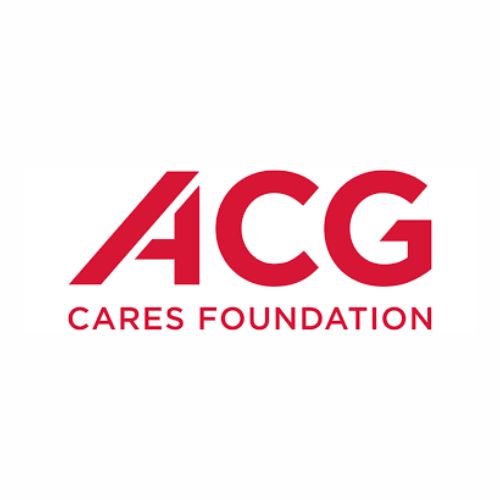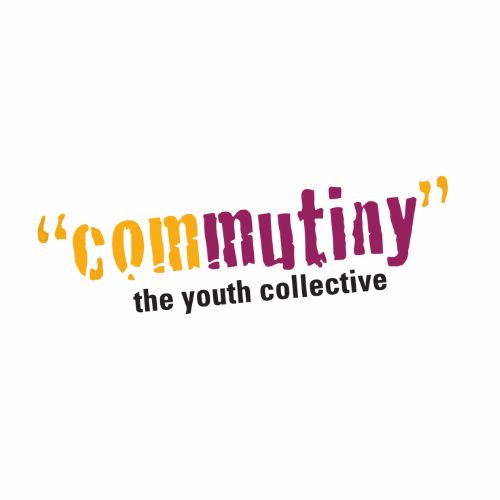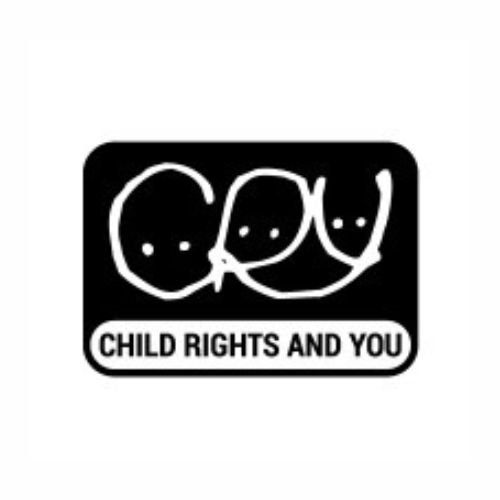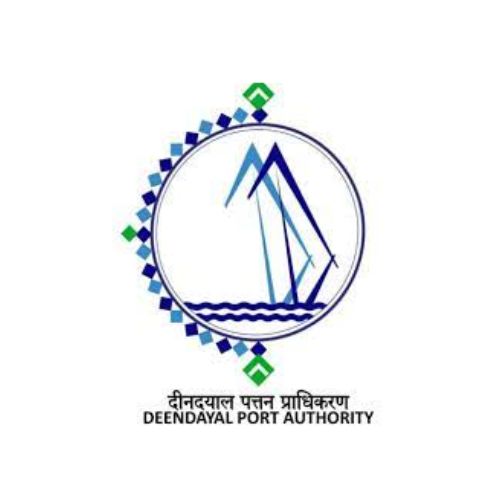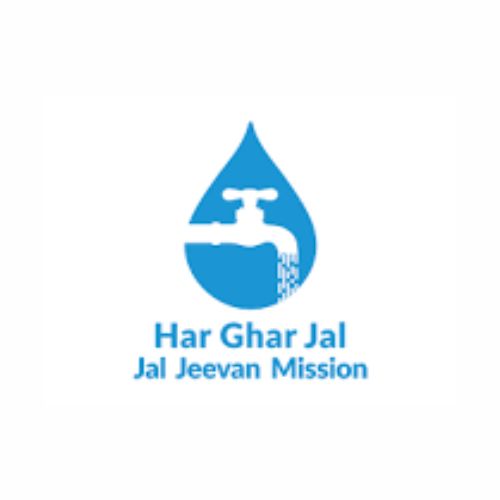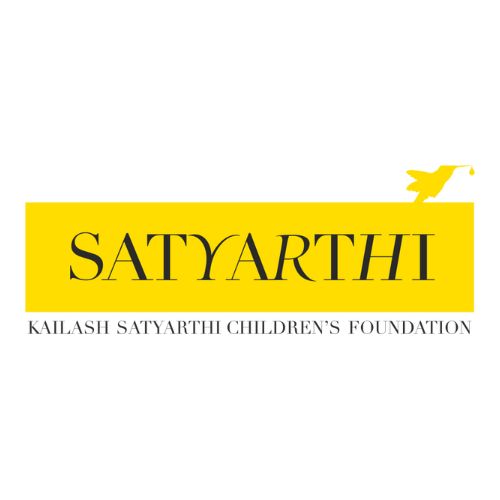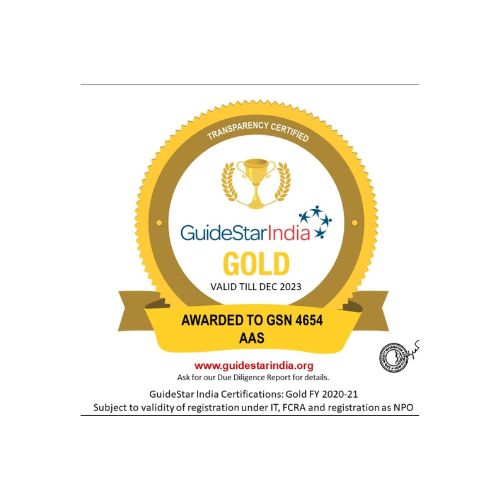Child Marriage Free India
About AAs Indore
AAs – which in Hindi means “Hope”– was established in May 2005 to create a child- friendly world for every child. A child friendly world where children have access to each and every resource to ensure their Survival, Development, Protection and Participation. We believe that Child development and protection could not be achieved by only working with children but this should be a comprehensive approach where all the stakeholders join hands to address various cross cutting issues affecting the child development.
The organization is working on the issue of Child Marriage, Child Trafficking, Child Labour and Child Sexual Abuse in Indore and Dewas districts of Madhya Pradesh. The organization participated and organized Child Marriage Free India Campaign in Indore and Dewas district of Madhya Pradesh covering over 300 villages under the project.
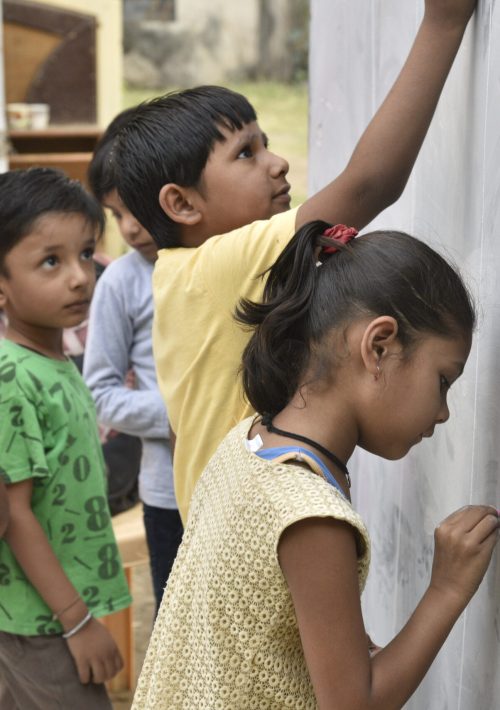

The Campaign Activities included:
- June Action Month – AAs conducted the action month with the objective of Child Marriage Free Indore and Dewas and prevented 7 child marriages. The campaign was conducted in collaboration with DCPU, CWC, DWO, ICPS, Panchayat Secretary, Police, and child line departments and covered by newspaper with an outreach of 10,000 directly and 5000 through online.
- 16 October 2023 – Child Marriage Free India Campaign Event – The campaign event was conducted in 20 locations of Indore and 22 location of Dewas district in collaboration all line departments like Education department, Police, CWC, DCPU, teachers, hostels, institutions, and community) .
Campaign highlights: Torch Fire Rally in villages, Signature Campaign Gram Panchayat Level to District Level covering all district offices, Candle Light Rallies in some colleges and hostels. Poster release and distribution, Book Release of”When Children have Children”
District level interventions
Pledges for Child Marriage Free Communities -270973
Number of Children provided counselling support- 226
Number of children rescued. 37
Background
Child marriage is not just an age-old social evil, but also a heinous crime that robs children of their childhood. Child marriage is a “crime against children” that violates basic human rights, minor girls are forced to marry and live a life of mental trauma, physical and biological stress, domestic violence including limited access to education and increased vulnerability to domestic violence. The consequences of child marriage are severe and extensive. Some of the specific consequences include: early pregnancies leading to complications and higher rate of maternal mortality and death of infants, malnutrition among both the infant and the mother, increased vulnerability to reproductive health, disruption in girl’s education and thereby reduction in opportunities of her personal and professional development, domestic violence and abuse, limited decision making powers in the household, and mental health issues.
India’s Census 2011 revealed that 12 million children were married before the legal age, of which 5.2 million were girls. Globally, child marriage is identified as a crime and a menace that needs to be eliminated. It finds space in the UN Sustainable Development Goals, under target 5.3 of Goal 5 that states elimination of all harmful practices, such as child, early and forced marriage and female genital mutilation by 2025.
The latest National Family Health Survey (2019-21) shows that although there is a drop in the overall rate of child marriages, from 26.8% in the National Family Health Survey (NFHS 4) to 23.3% in NFHS-5, it is still high despite laws, programmes and schemes in place to address the issue.
Child Marriage Free India Campaign

Understanding the seriousness of the issue, the Hon’ble Supreme Court of India in W.P. Civil 382 of 2013 pronounced that the sexual intercourse committed by the husband upon his wife being under the age of 18 years with or without her consent can be constituted as rape. To address this, the most definitive and audacious commitment to end child marriage was made with the launch of Child Marriage Free India campaign.
Child Marriage Free India (CMFI) is a nationwide campaign led by women leaders and a coalition of more than 160 NGOs spanning more than 300 districts working to eliminate child marriage in India. CMFI is working to attain the tipping point of child marriage, after which the society does not accept this evil practice and that will happen when the prevalence of child marriage is brought down to 5.5% by 2030, from the current national prevalence rate of 23.3%. This is being done by initially targeting 257 high-prevalence districts and gradually focusing on all the districts of the country.
Child marriage results in child rape, resulting in child pregnancy, and in a large number of cases, may lead to child deaths. For decades, we have been losing generations of our children to child marriage. The Child Marriage Free India campaign has received extended support from various Departments and Institutions of over 28 States. So far, across India more than 5 crore people have taken the pledge to end child marriage over the last one year through the efforts of the Child Marriage Free India Campaign.
Know more about the Child Marriage Free India (CMFI) Campaign: https://www.childmarriagefreeindia.org/
The Way Forward: PICKET Strategy to End Child Marriage
Addressing the issue of child marriage, requires a comprehensive and coordinated approach of different government departments, institutions, statutory bodies, and civil society organisations.

Policy
Policy for prevention, protection, prosecution: It is important to ensure parity in the enforcement of laws, and special laws must prevail over customary or personal laws. The effective implementation and enforcement of existing laws and policies that prohibit child marriage along with swift and decisive justice delivery mechanism are most important steps in checking the prevalence of this crime against children. When prevention of crime is incorporated as a policy, it ensures that the state machinery as well as citizens feel responsible and accountable to prevent child marriage

Investment
Investment in infrastructure, incentivisation and institutions: Investing in child protection institutions, education, healthcare, justice delivery, and rehabilitation framework builds layers which work to prevent and protect children from abuse and exploitation apart from providing legal and mental health support for girls in child marriages. Infrastructure to support girls at imminent risks of marriages, like institutional alternative care and residential educational facilities are urgently needed to stop their marriages, abuse and exploitation, and provide them with resilient alternatives.

Convergence
Convergence of departments, governments and stakeholders in the community: All schemes and interventions geared towards the protection, prevention, education, health and awareness of children and adults affected by child marriage need to operate in sync with each other. Child participation and empowerment is at the core of such convergence aimed at child centric community development.

Knowledge
Knowledge which equips all the stakeholders to combat child marriage: Enhancing knowledge empowers children, especially boys, to say no to child marriage. When a young man refuses to marry a minor girl, he breaks the cycle of generations of conditioning. It also gives agency to girls to raise their voice and complain when they are forced for marriage against their will or in violation of law. When children, parents, community members and stakeholders participate in decision making equipped with correct and latest knowledge, it can lead to collective action to prevent child marriage.

Ecosystem
Ecosystem where child marriage does not thrive: Central to the PICKET strategy is an ecosystem where child marriage is non-existent. In a society where child marriage is pervasive, multi-pronged intervention at all levels is required. To change the societal perception, behaviour and acceptance towards child marriage, the response at scale requires and ecosystem level retaliation.

Technology
Technology for monitoring and deterrence to combat child marriage: Enabling real-time attendance data analysis will help reduce child trafficking, child marriage and drop-out rate in schools. Different states are already using technology for awareness campaigns, supporting and monitoring programme interventions, augmenting education and skills outreach. The use of machine learning and artificial intelligence needs explorations in support of child protection and creating a safe and harm-free ecosystem for children.
Tipping Point to end child marriage
WHEN CHILDREN HAVE CHILDREN – TIPPING POINT TO END CHILD MARRIAGE Book authored by Mr Bhuwan Ribhu is an action plan to eliminate child marriage in India by 2030. It looks at the existing data on child marriage and lists 257 districts in India where the issue of child marriage is worst, which means where the occurrence of this evil practice is highest as compared to national numbers.
Tipping Point is the threshold required in an ecosystem needed to tilt the scale of the problem towards a point of no-return. The Tipping Point of Child Marriage is the critical point after which the society does not accept child marriage.
Tipping Point Methodology
The aim of reduction of 60 percent of child marriage is assumed to bring down the incidence of child marriage to 5.5 percent in the next nine years from 2021, from the last available estimates i.e., NFHS-5, till 2030. An additional assumption is that such a focused and elaborate intervention against child marriage would have a ripple effect.
In order to reach the Tipping Point, the Author proposes strategy at national and district level.
- National Level strategy where Governments, Institutions, statutory bodies, etc. work towards prevention, protection, increased investment, improved prosecution, convergence and use of technology for monitoring
District Level strategy is similar to national level strategy but includes district administration, Panchayats, civil society, NGOs, other functionaries, parents and children who work collectively to prevent, report, and take action against child marriage
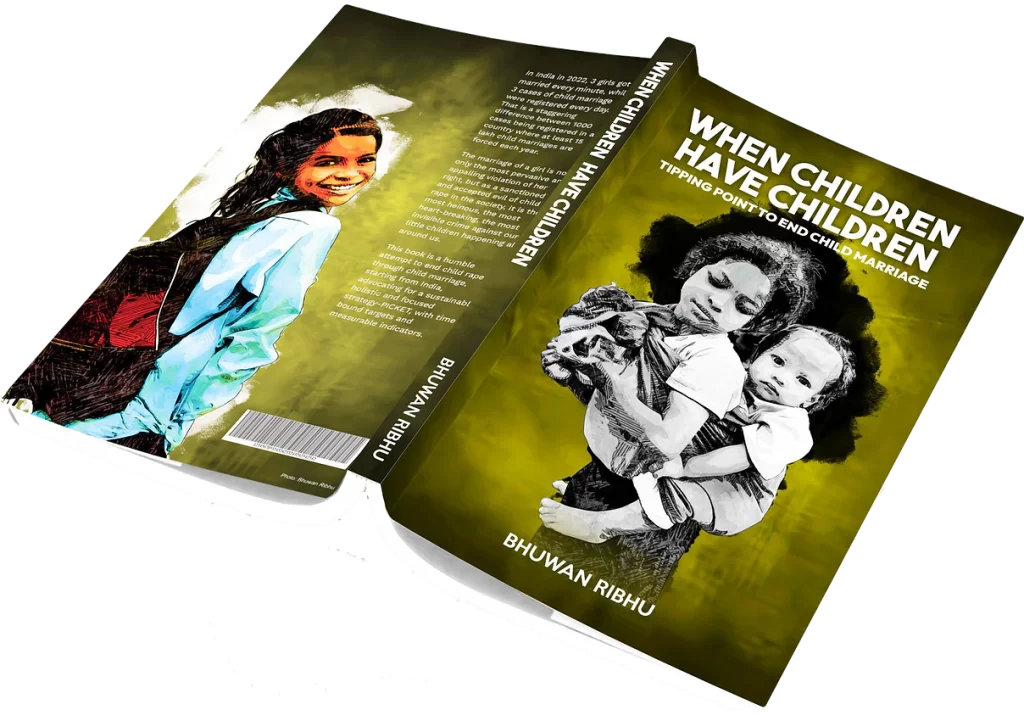
Our Partners

